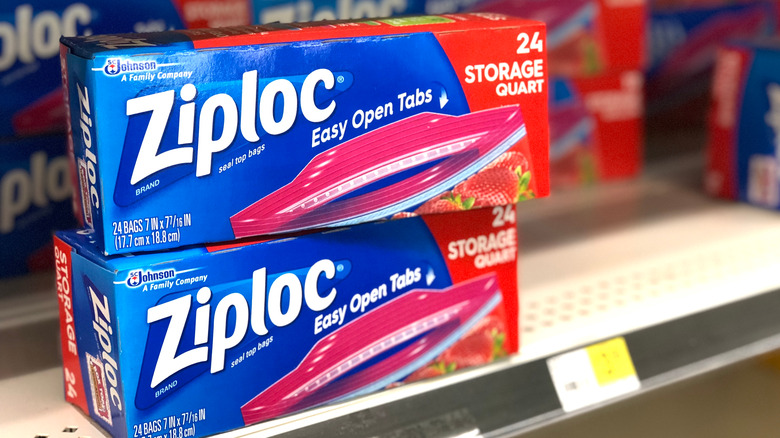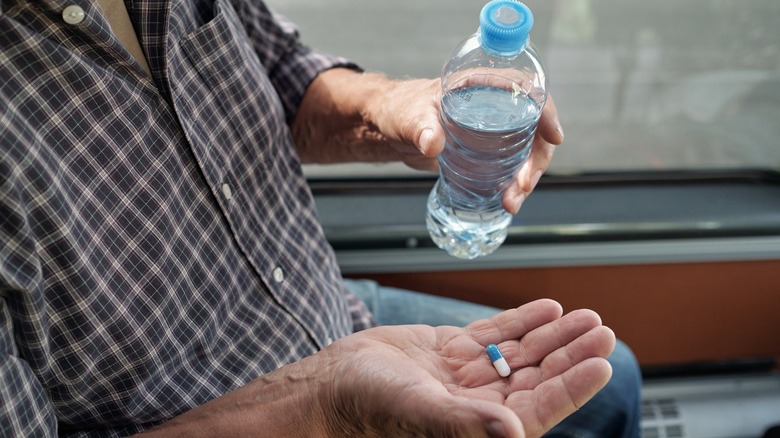Travel Guides Road Trips
Caitlyn Knuth
There’s something innately exciting about heading out on a road trip and exploring new places. Whether it’s your first road trip or you take one every year, the potential for adventure is palpable. What’s far less exciting, however, is how quickly car sickness can take the shine off of this experience.
Motion sickness is something that plenty of people struggle with. The team at Cleveland Clinic estimates that one in three people are prone to this condition. Motion sickness happens when the inner ear, eyes, and body send the brain conflicting messages. For example: Your inner ear will sense motion from the vehicle, but your eyes could register feelings of being stationary if you’re reading or watching a show on a tablet.
These two contradictory messages confuse your brain and can lead to feelings of nausea, dizziness, headaches, and cold sweats, just to name a few. Motion sickness doesn’t play favorites, and just about anyone can experience it at some point in their life. While some experts believe it’s a genetic condition, other contributing factors can include inner ear disorders.
While you can’t always predict when motion sickness will strike on a road trip, you can be well prepared for the worst. Start by putting together a DIY car sickness kit that has all of the essentials in one convenient place. It could help ease the overall experience and keep your next road trip on track despite the unexpected.
The essentials

jadimages/Shutterstock
Your DIY emergency car sickness kit should definitely include not one, but at least two sealable, gallon-sized Ziploc bags in case you need to throw up. Make sure these are on the very top of everything else in the kit so that they can be reached easily when they’re needed most. Consider packing a larger, non-transparent bag so you don’t have to look at your vomit and risk provoking more feelings of nausea.
Packing a trash bag in your emergency kit is a smart move as well. This makes it simple to throw soiled items away immediately alongside anything that might have been compromised in the car. The faster you can dispose of these items, the faster you can get to feeling better and on your way.
You’re also going to want to have cleaning items ready to go in your DIY emergency kit. Pack plenty of napkins and disinfecting wipes to make cleanup easier as you travel. A refreshing facial spray can be a nice item to have handy after nausea strikes, too. Don’t forget small bottles of hand sanitizer, which can go a long way toward making you feel clean and refreshed after car sickness.
How to feel better faster

Pressmaster/Shutterstock
After cleaning up, you’ll want to feel better as fast as you can. Your emergency kit can help with this. Be sure to include a full water bottle, as vomiting tends to cause dehydration and can leave you feeling under the weather even after the dizziness has passed. You might even consider adding a bottle of Gatorade which contains electrolytes to help you bounce back quicker.
A few light snacks is ideal to help you recover after you’ve been sick and your stomach feels queasy. Soda crackers and applesauce are easy to pack, don’t require refrigeration, and are easy to digest. If you’re able to keep these down, you’ll be on the right track.
When you’re feeling like yourself again, your kit should also include some extras that help you prevent motion sickness going forward. Medication like Dramamine can be helpful. This medication is available over-the-counter and is an antihistamine that can help your body feel balanced to prevent symptoms of motion sickness.
If you’re not a fan of motion sickness medications, there are other options to consider adding to your emergency kit. Motion sickness wristbands are helpful for many people who struggle with nausea and dizziness in the car. Motion sickness glasses are another unique option to help the inner ear and eyes align their messages and prevent unpleasant symptoms.

